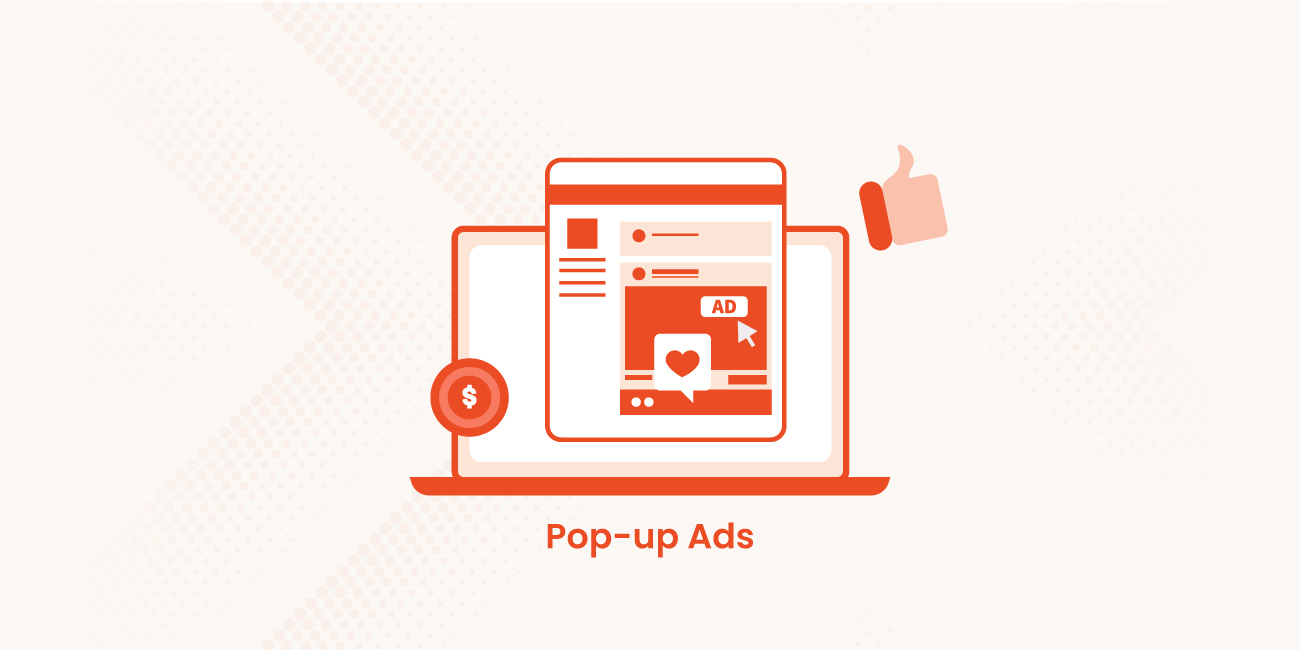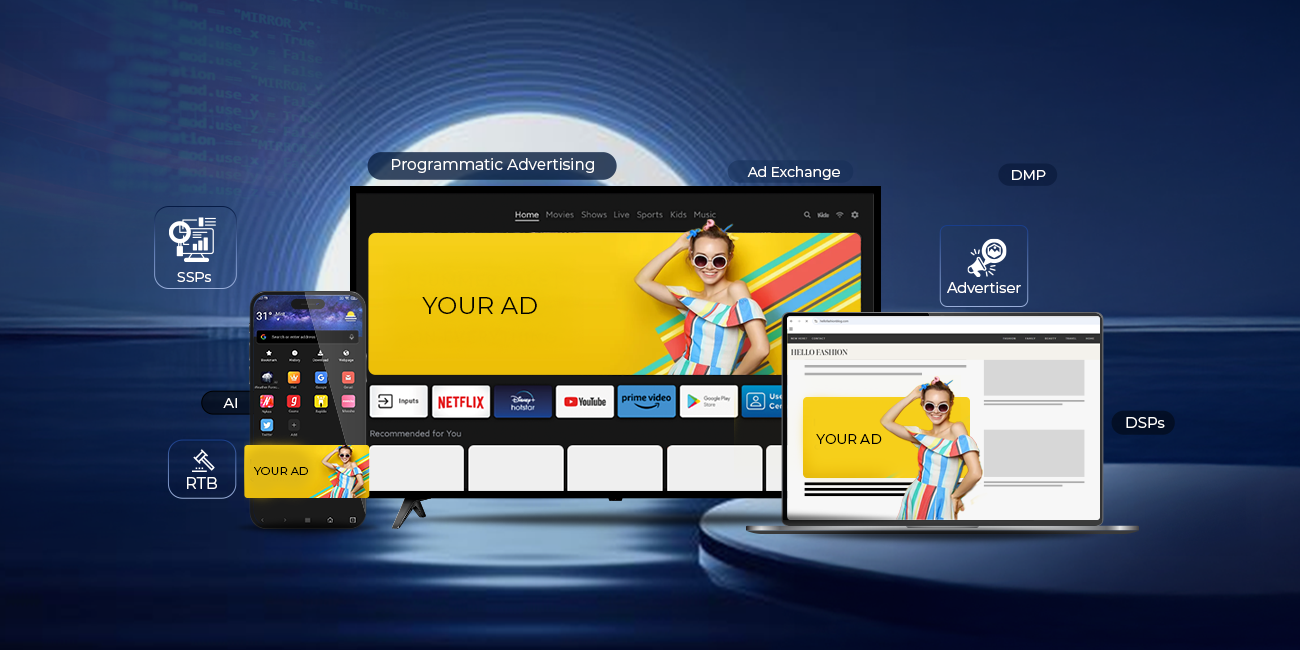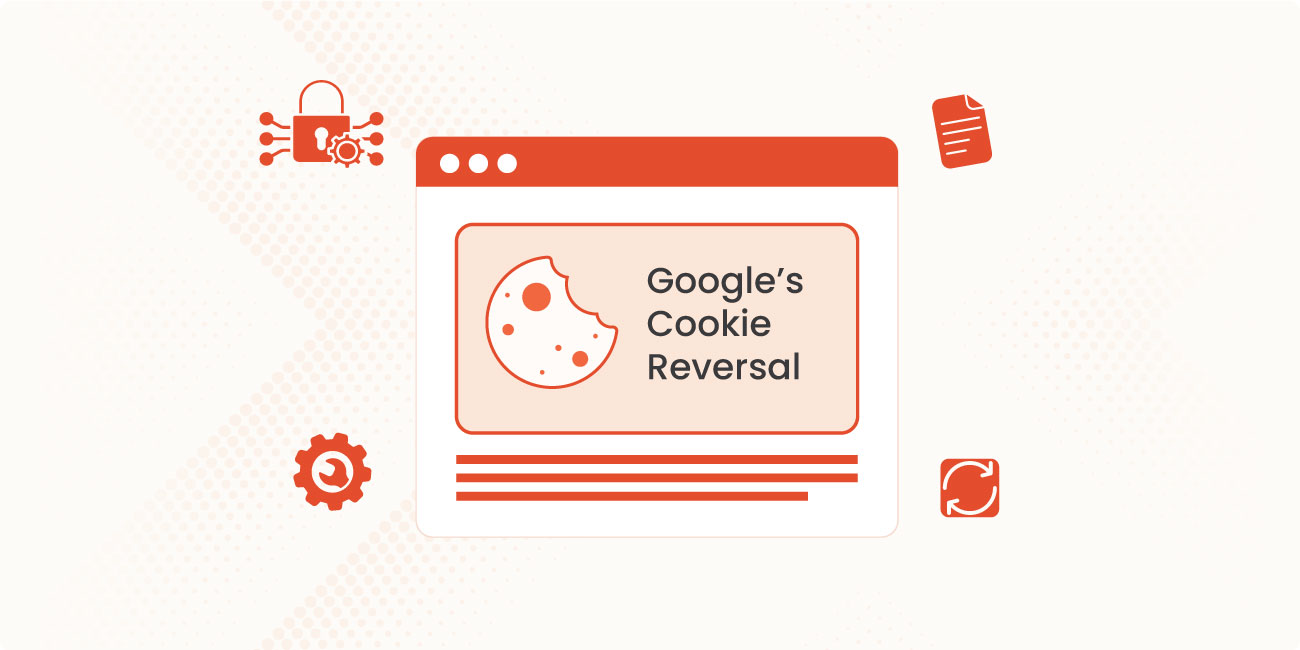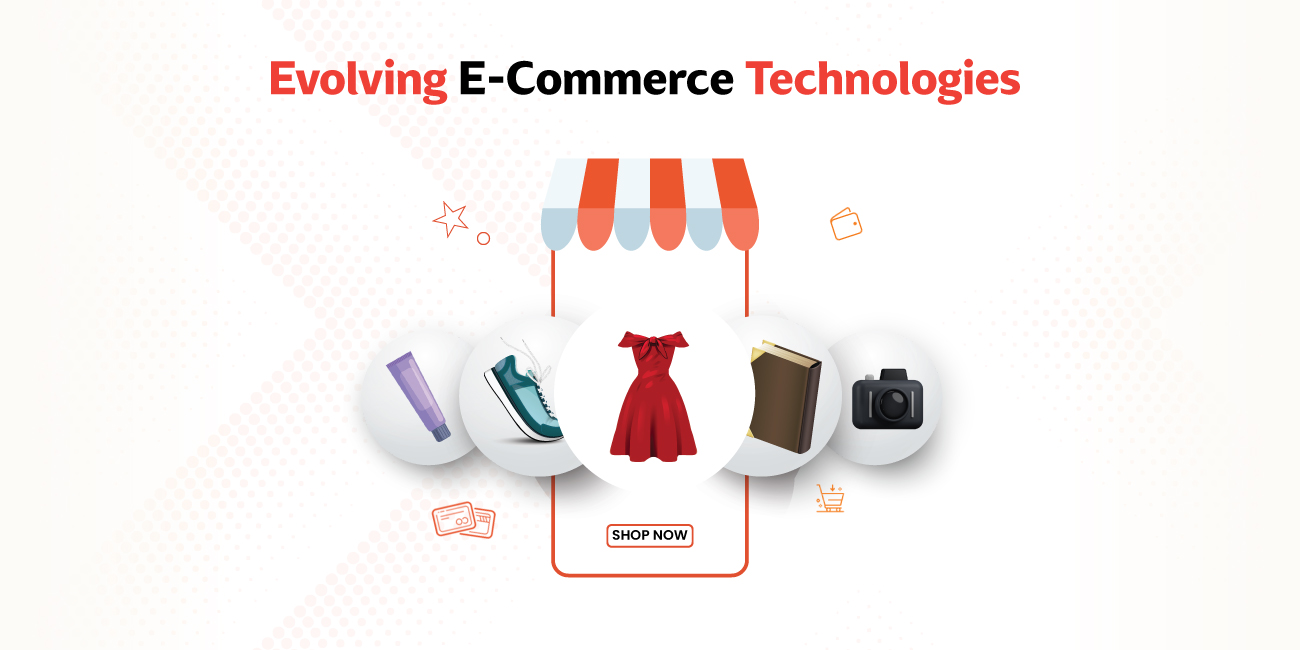
Any website irrespective of the subject matter, irrespective of the content, irrespective of any other parameter, has one primary aim – to enhance their reach, to build an audience and to penetrate deeper into the everyday lives of people. The many websites that have cluttered the web space are forever on the lookout for maximum hits, and for an increase in subscribers. Advertisements hence play an important part of the revenue, which in turn will help them to work on their content.
For the users who want to hunt for relevant material to suit them, often the most annoying part is the advertisements that keep popping up all the time and often at very weird positions, so much so that irritated users just close the website. Who is losing out in the process?
However, these pop-up ads do not just spell doom for the publishers; they also have few inherent positives that need to be looked into. Not for nothing have they survived the test of times, and still continue to be the preferred way for the publishers:
The Pros:
If the pop-up ads are designed astutely, and if proper attention is given to the call button, these very pop-ups can help publishers get conversions. These pop-up ads help any website tremendously when it comes to conversions, since these pop-ups help double the email subscription rates, and will help the website expand its reach.
Pop-ups cannot be ignored; users will have to make a decision whether or not to hit the subscription button. Helps in the number of hits, as well as the publisher gets a good idea about the user’s preferences.
One of the biggest advantages of pop-up ads is that they work on an automatic process; just set it and then monitor it without any hassle.
The Cons:
Probably the biggest drawback of any pop-up advertisement that is more often than not degrades the brand value, and your brand may appear too obtrusive.
They are incessant and can annoy visitors no end, and hence the users will find no reason to come back. Result—the hits on the website will suffer. This however, can be only fixed by triggers which are cookie based.
Also, when a user is visiting a website, he/she wants no interruptions so that they can devote all their concentration into what they are going through. This becomes very difficult when the pop-up ads keep disturbing you. Also, they can potentially consume the content.
The uses of ad-blockers have increased in the recent past and they are only a testimony to the frustration that a user faces. Whenever, focus is obscured, there is bound to be irritation and this is one of the reason pop-ups have started to find reluctant users, who close almost half of them even before they have loaded.
Hence the conclusion that we can safely come to after discussing the merits and demerits is that, if the publishers are aware and know what to do with the pop-ups, they might turn out to be necessary evils.







